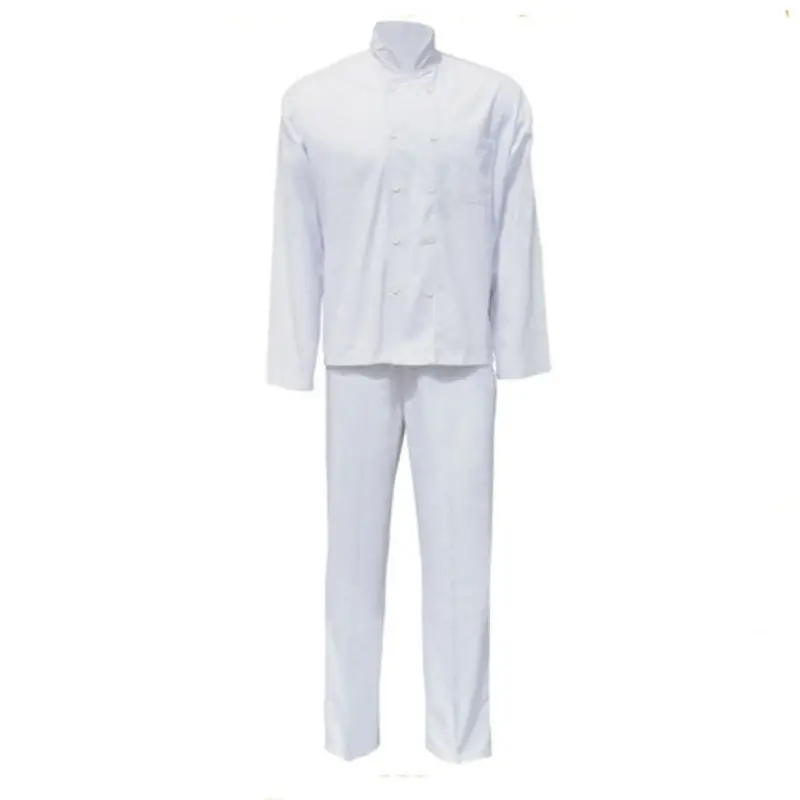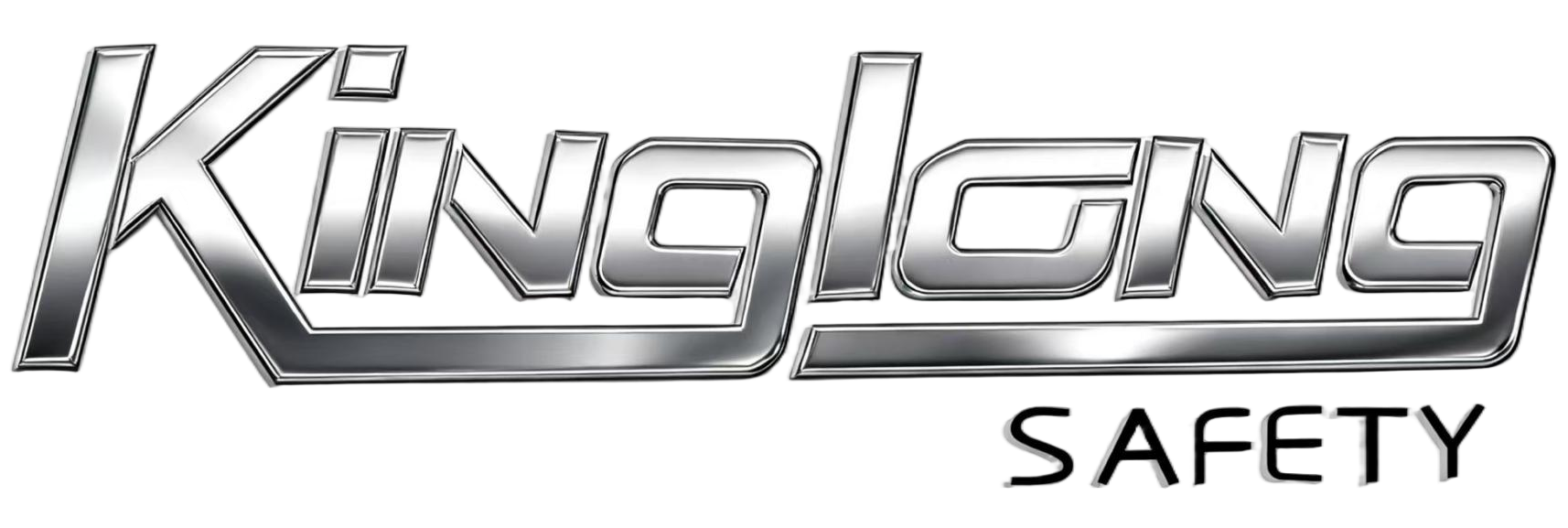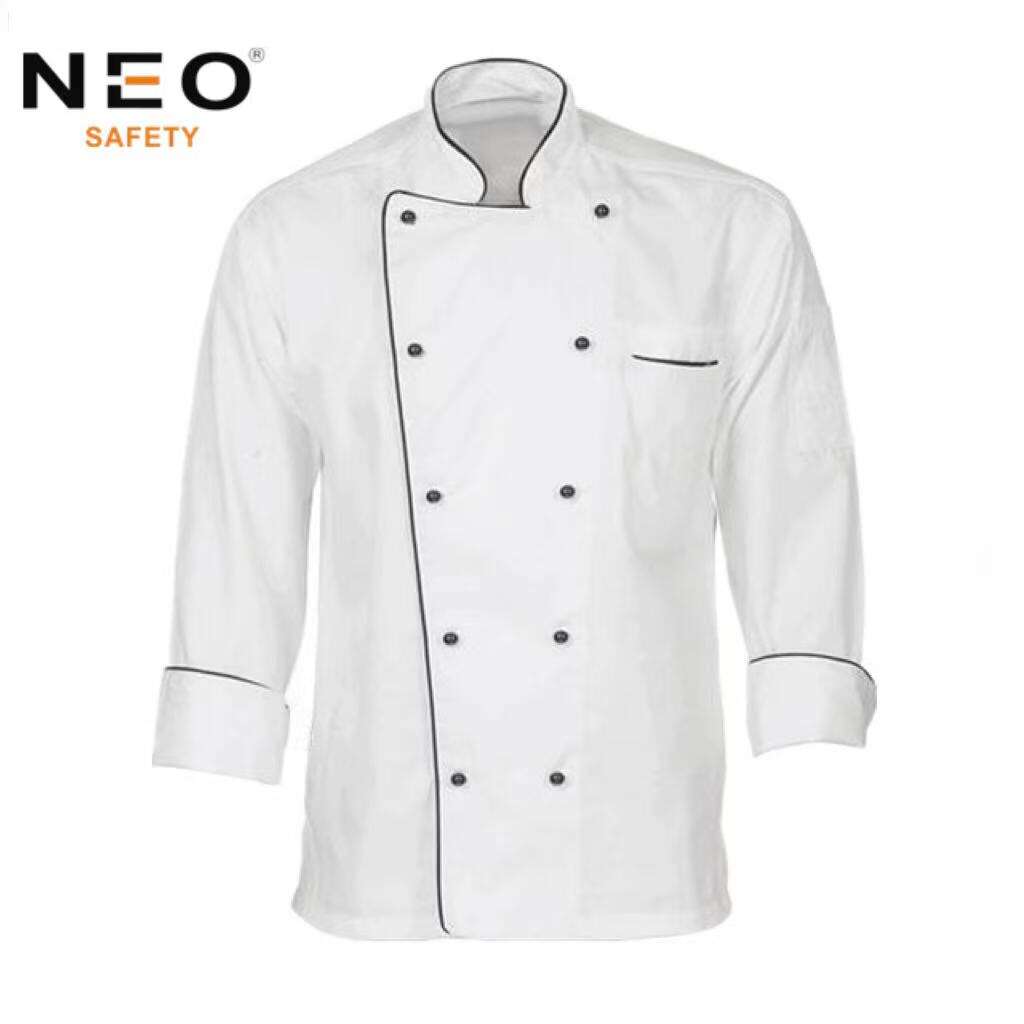The Evolution of Professional Culinary Attire
The iconic white chef uniforms have come a long way since their inception in the late 19th century. What began as a practical solution to demonstrate cleanliness in professional kitchens has evolved into sophisticated workwear that combines functionality, comfort, and style. Modern chef uniforms represent more than just tradition - they're engineered garments designed to enhance performance in demanding culinary environments.
Today's professional kitchens present unique challenges that require carefully considered uniform solutions. From extreme temperatures to long hours of physical activity, chefs need garments that can keep up with the intense demands of their craft while maintaining a professional appearance.
Essential Materials for Superior Chef Uniforms
Advanced Fabric Technologies
The foundation of any high-performance chef uniforms starts with the fabric selection. Modern textile innovations have introduced materials that far surpass traditional cotton in terms of functionality. Moisture-wicking polyester blends and breathable cotton combinations create garments that maintain comfort during long shifts in hot environments.
Advanced fabric technologies now incorporate antimicrobial properties, helping to maintain hygiene standards while reducing odors. These materials are also engineered to resist stains and maintain their crisp appearance even after multiple washes, ensuring chefs look professional throughout their entire shift.
Durability Meets Comfort
The best chef uniforms strike a perfect balance between durability and comfort. Heavy-duty twill weaves provide resistance to tears and abrasions while remaining flexible enough for unrestricted movement. Strategic reinforcement in high-stress areas ensures longevity without compromising the overall comfort of the garment.
Modern blend ratios typically include 65% polyester and 35% cotton, offering the perfect combination of breathability and strength. This composition allows for excellent temperature regulation while maintaining the structured appearance professional kitchens demand.
Innovative Design Elements for Enhanced Performance
Ergonomic Considerations
The design of modern chef uniforms incorporates ergonomic principles to support natural movement patterns in the kitchen. Gusseted underarms provide enhanced range of motion for reaching and lifting, while vented backs allow for improved airflow during intense service periods.
Strategic seam placement reduces friction points and prevents chafing during long hours of wear. The cut of contemporary chef uniforms also considers the need to bend, stretch, and move quickly without restriction, incorporating slight stretch panels in key areas.
Practical Features and Functionality
Modern chef uniforms include thoughtfully placed pockets for tools and small equipment, designed to be easily accessible without compromising safety. Thermometer pockets, pen holders, and utility loops are integrated seamlessly into the design, ensuring necessary items are always within reach.
Double-breasted jackets remain a standard feature, but with modern improvements such as snap closures for quick removal and moisture-blocking panels to protect against hot liquid splashes. These practical elements enhance both safety and efficiency in the kitchen environment.
Maintenance and Longevity Considerations
Professional Care Guidelines
To maximize the lifespan of chef uniforms, proper care protocols are essential. Industrial-grade laundering techniques preserve the integrity of protective treatments and maintain the professional appearance of the garments. Special attention to temperature settings and appropriate detergent selection ensures uniforms retain their protective properties.
Regular inspection and maintenance schedules help identify wear patterns before they become problematic. This proactive approach to uniform care extends the service life of the garments and maintains their professional appearance throughout their lifecycle.
Sustainable Practices
Modern chef uniforms increasingly incorporate sustainable materials and manufacturing processes. Eco-friendly fabric options and recycled materials are becoming more prevalent, allowing kitchens to maintain high standards while reducing their environmental impact.
Sustainable uniform programs often include end-of-life recycling options and repair services, extending the useful life of garments while minimizing waste. These initiatives align with the growing focus on environmental responsibility in the culinary industry.
Future Trends in Culinary Workwear
Technology Integration
The future of chef uniforms lies in smart fabric technologies that can actively respond to environmental conditions. Temperature-regulating materials and moisture-management systems are becoming more sophisticated, offering enhanced comfort in demanding kitchen environments.
Emerging innovations include fabrics with embedded sensors to monitor temperature exposure and UV-protective properties to guard against artificial lighting effects. These advances signal a new era in professional culinary attire focused on both protection and performance.
Customization and Branding
Modern chef uniforms are increasingly seen as an extension of restaurant branding. Customizable elements allow establishments to maintain their unique identity while adhering to professional standards. From subtle logo placement to custom color schemes, personalization options continue to expand.
Advanced manufacturing techniques enable small-batch production of custom uniforms without compromising quality or increasing costs significantly. This flexibility allows restaurants to create distinctive looks that set them apart while maintaining the functionality required in professional kitchens.

Frequently Asked Questions
How often should chef uniforms be replaced?
Professional chef uniforms typically need replacement every 6-12 months, depending on usage frequency and care practices. Signs for replacement include fading, worn areas, persistent stains, or compromised protective properties. Regular rotation between multiple uniforms can extend their overall lifespan.
What are the best materials for hot kitchen environments?
For hot kitchen environments, lightweight polyester-cotton blends with moisture-wicking properties perform best. Look for fabrics with a weight between 5-7 ounces per square yard and mesh ventilation panels. These materials provide optimal temperature regulation while maintaining professional appearance standards.
How can restaurants implement sustainable uniform practices?
Restaurants can implement sustainable uniform practices by choosing eco-friendly materials, establishing proper care protocols, and partnering with manufacturers who offer recycling programs. Implementing a uniform maintenance schedule and repair program can significantly reduce waste while extending garment lifespan.

